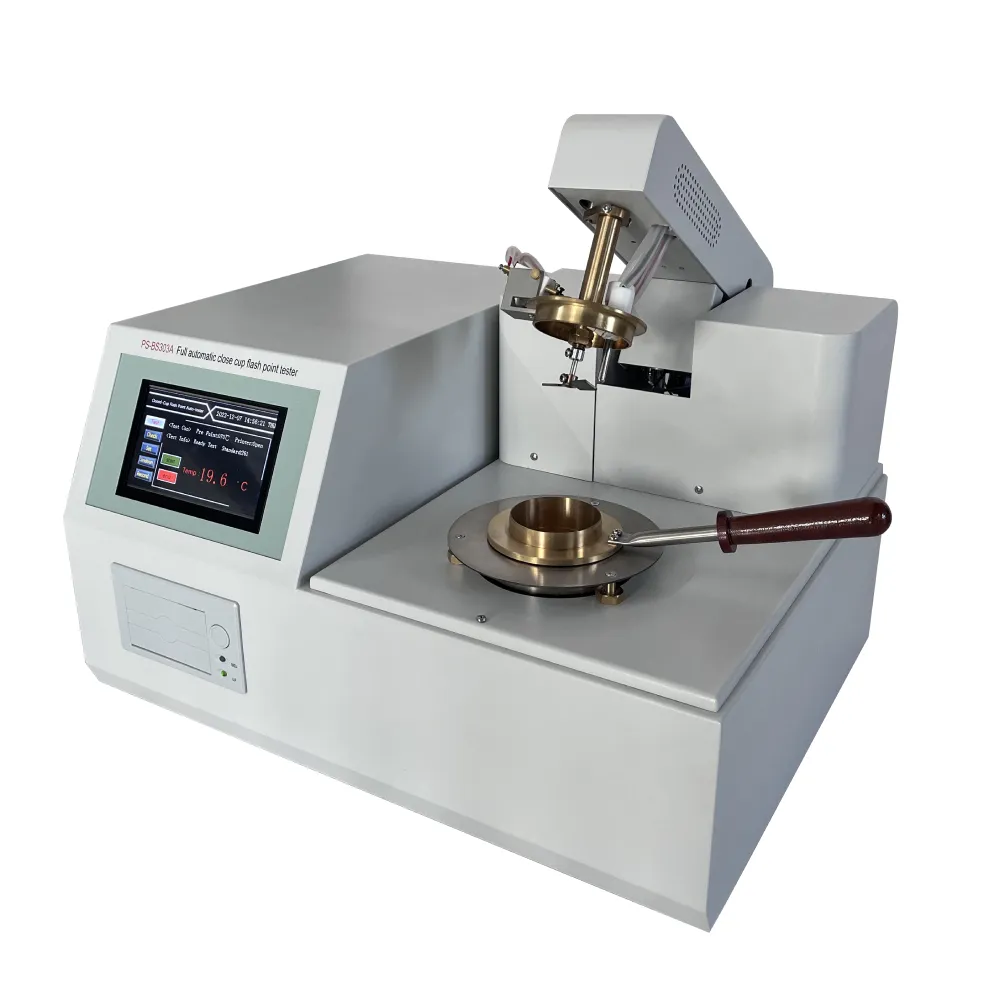 English
English


to measure the dielectric strength of transformer oil
Measuring the Dielectric Strength of Transformer Oil
Transformer oil plays a crucial role in the efficient operation and longevity of electrical transformers. Its primary functions include insulation, cooling, and providing a barrier against corrosion and oxidation. One of the key properties of transformer oil that must be monitored regularly is its dielectric strength. Dielectric strength refers to the maximum electric field a material can withstand without experiencing failure, making it an essential factor in ensuring the reliability and safety of transformers.
To measure the dielectric strength of transformer oil, standardized testing methods are employed. One of the most common techniques is the use of an ASTM D1816 or IEC 60156 test, which involves subjecting the oil to an increasing voltage until breakdown occurs. This process provides a quantifiable measure of the oil’s insulating capabilities. Typically, the test is conducted in a controlled environment to eliminate variables such as temperature and moisture, which can affect the results.
The testing apparatus consists of two electrodes, usually made of metal and separated by a specific distance, submerged in the transformer oil sample. As the voltage is gradually increased, the point at which the oil loses its insulating property and allows current to pass through creates a breakdown. This voltage at breakdown is recorded as the dielectric strength of the oil, typically expressed in kilovolts per millimeter (kV/mm).
to measure the dielectric strength of transformer oil

Regular testing of transformer oil is essential for several reasons. Over time, the oil can degrade due to factors like exposure to heat, moisture ingress, and the presence of impurities. A decrease in dielectric strength indicates contamination or degradation, which can lead to electrical failures, transformer outages, or even fires. Therefore, maintaining the dielectric strength within acceptable limits is vital for the safe operation of electrical infrastructure.
In practice, dielectric strength values above 30 kV/mm are often considered acceptable for new transformer oil. However, aging oil or oil that has been subjected to severe conditions may require more frequent testing and potentially replacement. Additionally, other analyses—such as dissolved gas analysis (DGA), water content measurement, and the detection of particulate matter—are often conducted alongside dielectric strength assessments to provide a comprehensive evaluation of the oil's condition.
In conclusion, measuring the dielectric strength of transformer oil is an integral part of transformer maintenance and operation. By ensuring the oil maintains sufficient dielectric strength, operators can prevent catastrophic failures and prolong the life of transformer assets, ultimately enhancing the reliability and efficiency of the electrical grid. Regular monitoring and testing are paramount in achieving these goals, safeguarding systems that power our modern world.
-
Differences between open cup flash point tester and closed cup flash point testerNewsOct.31,2024
-
The Reliable Load Tap ChangerNewsOct.23,2024
-
The Essential Guide to Hipot TestersNewsOct.23,2024
-
The Digital Insulation TesterNewsOct.23,2024
-
The Best Earth Loop Impedance Tester for SaleNewsOct.23,2024
-
Tan Delta Tester--The Essential Tool for Electrical Insulation TestingNewsOct.23,2024





